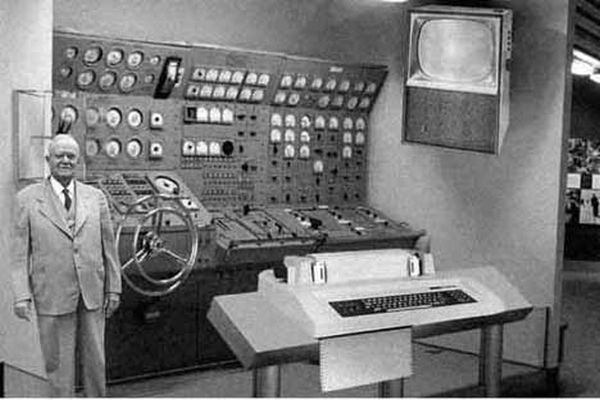Published on the 15/10/2015 | Written by Simon Piff

As businesses across the Asia/Pacific region name innovation as the top ICT initiative for 2015/16, Simon Piff argues that the NO in innovation is important…
In the business arena, it is more of a revolutionary requirement to stay competitive as we see time and time again how innovative business ideas have put more traditional firms out of business. In this era of the cloud, in which new market entrants can market their innovative services globally with none of the capital demands of more traditional businesses, the demands on the incumbent market players to innovate is now a matter for economic survival. This is reflected in the IDC Infographic which highlights innovation as a key investment for Asia/Pacific CIOs. And yet all too often we hear of aspirations to innovate being challenged by existing infrastructure. Things like “Our datacentre won’t allow us to move that fast,” or “We can’t find and retain the skills we need,” and “Our budgets restrict us.” These are the death cries of organisations that will soon be for the business graveyard. So how do such organisations enable innovation? First, they need to take a long hard look at what their people are currently doing versus what they should be doing. Nowhere is this more relevant than within the IT infrastructure environment. Whilst it is critical to support this infrastructure, organisations need to focus on only supporting the infrastructure that provides critical business advantage. This means thinking about what should be on-premises, off-premises, managed externally, or placed in a public cloud. This can help free up valuable internal resources to focus on what really matters to the business, as opposed to maintaining dated infrastructure systems and processes. This may also require a rethink of the skills required inside the IT part of the business. For example, what is the value to the business of supporting low-value IT systems such as file and print, videoconferencing, email, or even the company data warehouse (or data lake as we are seeing emerge)? Should the focus of internal IT shift to studying advanced analytical techniques rather than worrying if the disk speed is sufficient for multiple random concurrent disk access requirements? IT technologies have morphed radically in the past few years and continue to change at a much higher velocity than in the past; should IT leaders today spend less time thinking about how to keep the lights on and instead spend more time on what makes the business light up? It is clearly time for a rethink of how IT is managed internally, and those innovative organisations that get there first are likely to find a new lease of life in this highly mobile, cloud-based world. The development of innovation cells to harness IT to gain competitive advantage is the clear top strategy for organisations, according to the IDC C-Suite Barometer 2015, so those organisations that are not looking to innovate need to be extraordinarily good at what they do to be able to continue to compete in the future, which is perhaps a somewhat misguided strategy in this current day and age. Download IDC Infographic – Innovation as PDF(937KB) Simon Piff is Associate VP Enterprise Infrastructure at IDC Asia/Pacific. According to the IDC C-Suite Barometer 2015, innovation is the top of mind ICT initiative for this and next year. Innovation, if defined it as “a new idea, more effective device or process,” is an evolutionary necessity in order for modern society to improve.
According to the IDC C-Suite Barometer 2015, innovation is the top of mind ICT initiative for this and next year. Innovation, if defined it as “a new idea, more effective device or process,” is an evolutionary necessity in order for modern society to improve.
 ABOUT SIMON PIFF//
ABOUT SIMON PIFF//



























